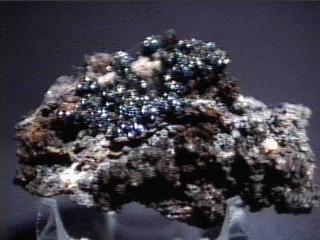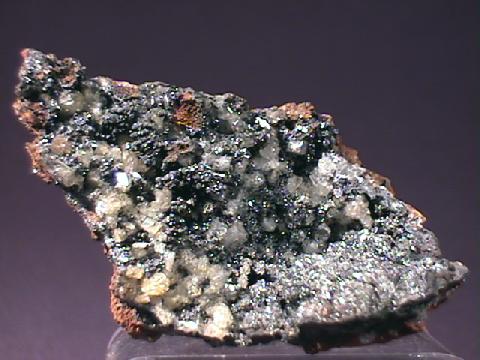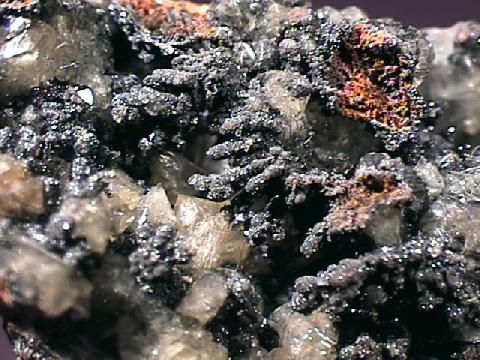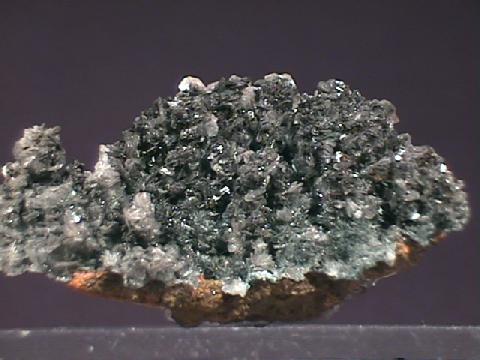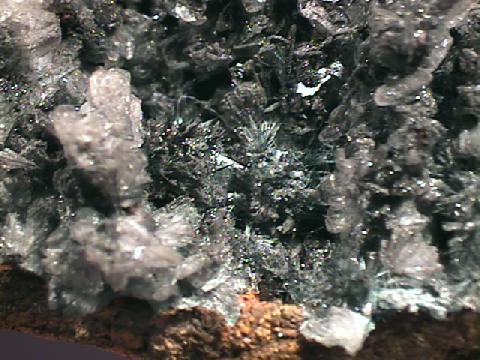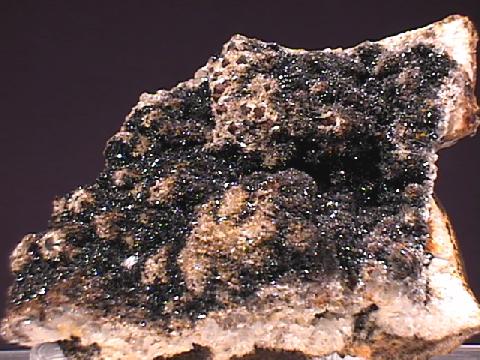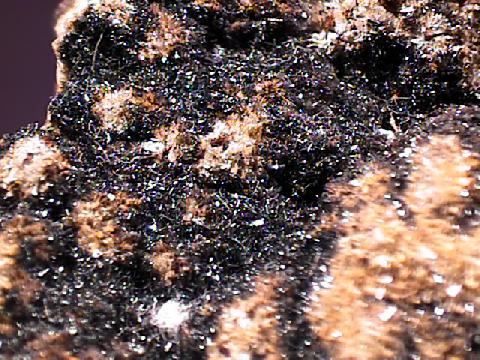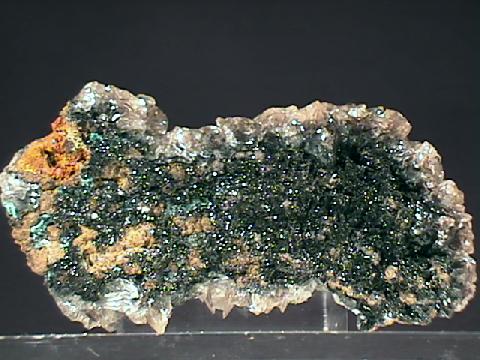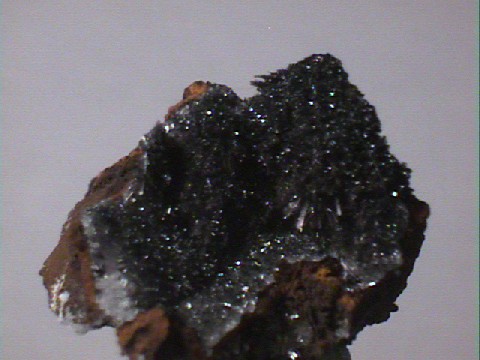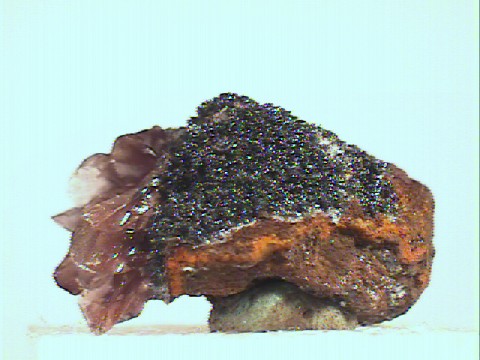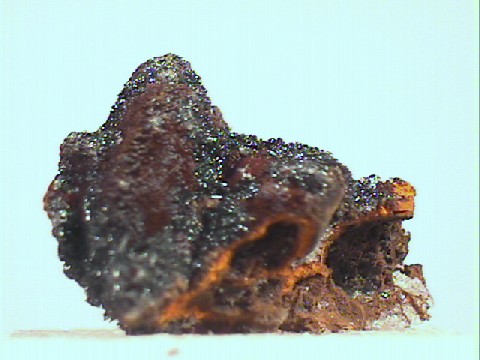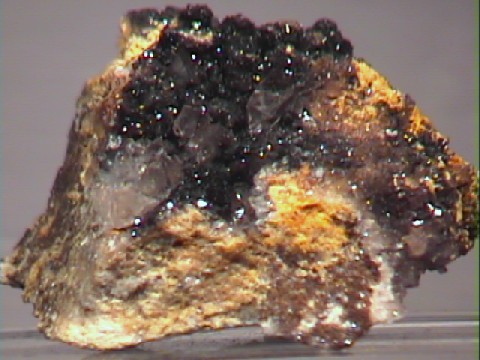 THE MINERAL PLATTNERITE
THE MINERAL PLATTNERITE
- Chemistry: PbO2, Lead Oxide
- Class: Oxides and Hydroxides
- Group: Rutile
- Uses: A very minor ore of lead and as mineral specimens.
Specimens
Typical plattnerite is massive, but occasionally relatively large prismatic crystals are seen. Most rock shop specimens are drusy crusts of tiny black plattnerite crystals that have a nice sparkling sheen.
PHYSICAL CHARACTERISTICS:
- Color is black.
- Luster is adamantine to submetallic.
- Transparency: Crystals are opaque.
- Crystal System is tetragonal; 4/m 2/m 2/m
- Crystal Habits include eight sided prisms and blocky crystals terminated by a blunt four sided or complex pyramid. Large crystals are rare and massive forms are more common. It also forms as drusy crusts with tiny sparkling crystals.
- Cleavage is good in two directions forming prisms, poor in a third (basal).
- Fracture is conchoidal to uneven.
- Hardness is 5 - 5.5
- Specific Gravity is 9.4+ (very heavy even for a metallic mineral)
- Streak is "chestnut" brown
- Other Characteristics: Can be dissolved by acids.
- Associated Minerals are rosasite, limonite,
murdochite and other lead oxides. - Notable Occurrences include Leadhills, Lanarkshire, Scotland; Shoeshone Co., Idaho, USA and Mapimi, Mexico.
- Best Field Indicators are crystal habit, streak, density, color and high luster.

